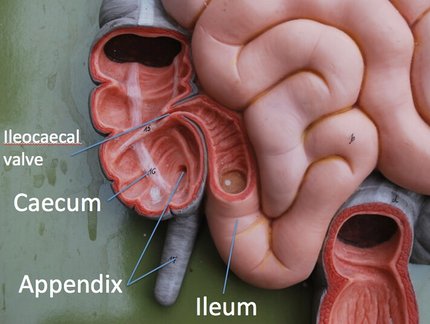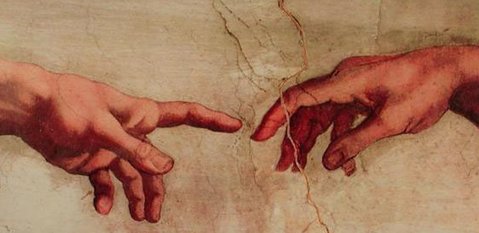Kepler-science.nl
The English pages can be found in the second row of the menu
De eerste rij knoppen in het menu is voor de Nederlandse pagina's
Body plan
Quite a few arguments for common descent are based on similarities in forms and structures: the body plan. You also often read about vestigial organs.
Let's take a closer look at these arguments.
For arguments on fossils see the page Strata > Fossils. The BioLogos page gives an overview and more about genetics and biogeography.
Forms and structures point to common ancestors?
This is a common argument. We do find a lot of similarities. Skeletons of tetrapods all show variations of the same body plan. At school students are often told about plantigrades (walking on the whole of their feet, like martens and bears), digitigrades (walking on toes, like dogs and cats) and unguligrades (walking on hoofs, like sheep and horses). In principal you can find the same types of bones in each of these, but place and size differ. On biologos.org is stated that skeletons don't have to be this way and that this resulted in inefficiency in some cases: how many people do you know with lower-back and knee problems?
What is the value of this argument?
- A common body plan is exactly what can be expected from a Designer, an Architect. Art experts recognise a Rembrandt or a Van Gogh by the 'signature' of the artist - like the way Rembrandt handles the paint brush and uses light in his paintings.
- I believe not all variaties in body plan were present right at the start of creation. There is ample room for variation, development and diversification. This shows in the possibility of speciation: all Cats belong to the same basic type (see picture), but you see diversity in e.g. fur colour, size and suppleness. This originates in the genetic and epi-genetic flexibility, built into this basic type. The same flexibility seems to be available when you do selective breeding with e.g. apples or cows.
- The argument of the lower-back and knee problems points to the Biblical truth of the frustration that came into creation after the Fall. This could have been caused (biologically speaking) by several mechanisms - like in-breeding (that's what is behind selective breeding: certain dog races standard have e.g. too short a nose) or by another form of loss of function - usually by mutations.
The argument of vestigial organs
This argument often is presented alongside the body plan argument. In many organisms organs are found that don't seem to have a function - or changed function. Classical examples are the eyes of blind cave-fish, hip bones in whales and our own appendix and wisdom teeth.
What is the value of this argument?
- An organ losing its function is a form of degeneratron: the use-it-or-lose-it principle. Nothing new comes into existence, so no argument for evolution. The case of the blind cave-fish is very logical (link 4). Wisdom teeth have probably become less important in our days.
- For many so-called vestigial organs a (sometimes very important) function has been discovered. Our appendix is important for our immunity system and probably also is a safe-haven for our colon bacteria - placed very strategically fer both functions: argument for design!
- Speaking about a change in function supposes (rather than proves) evolution.
- The so-called hip bone of whales isn't vestigial: it has a function in defeacation and copulation (it's different in male and female) and doesn't resemble hip bones at all - it also isn't connected to the skeleton.
Links:
- Whale evolution discussed by Jonathan Sarfati
- A simple and short video about whale evolution
- More on the blind cave-fish.
- More on the homology argument (forms, structures and vestigial organs).
- Also about common design - common descent?
- Bad design as left-overs of evolution?
- What about the fossil record?














